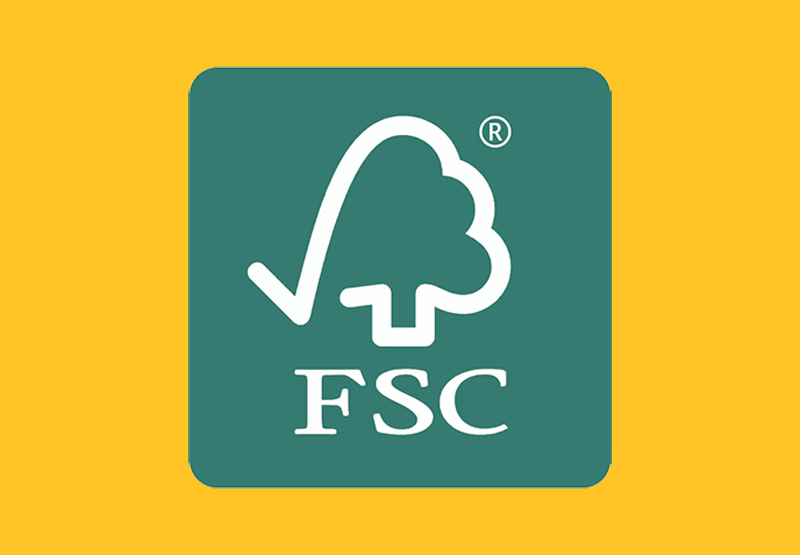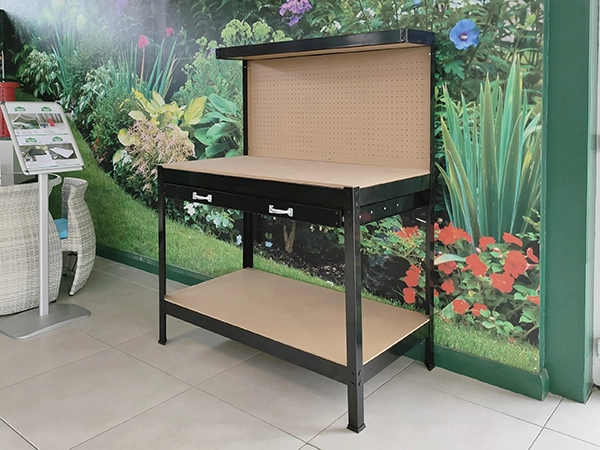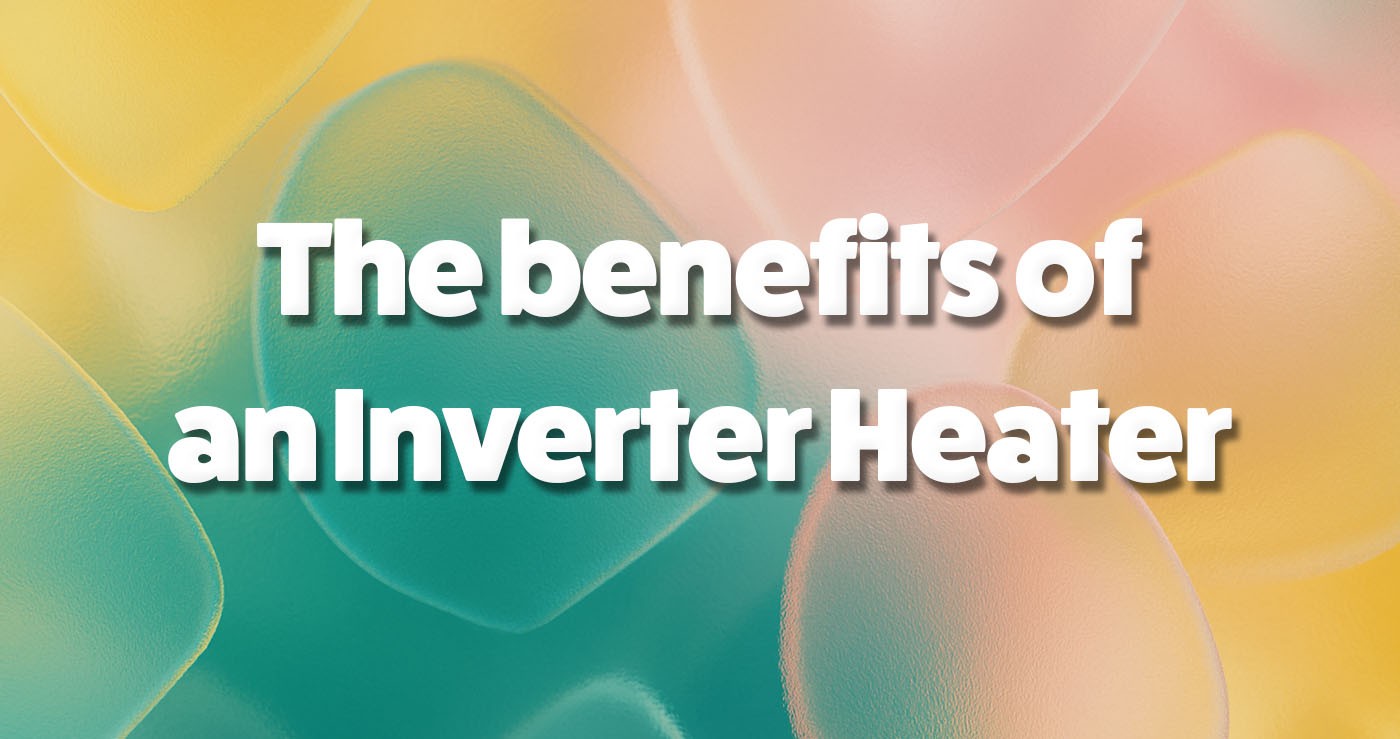We’ve been talking about the benefits of an Inverter Heaters to customers in our store for years. Despite our best efforts, some people don’t understand why they’re so good. So, today we’ll walk you through the wide range of benefits of this heater, as well as highlighting the downsides that you should be aware of too. If you’re looking to stay warm with a cost-effective heater that’s smarter than most American politicians, read on to see why the Inverter might be the best purchase you make this Winter.
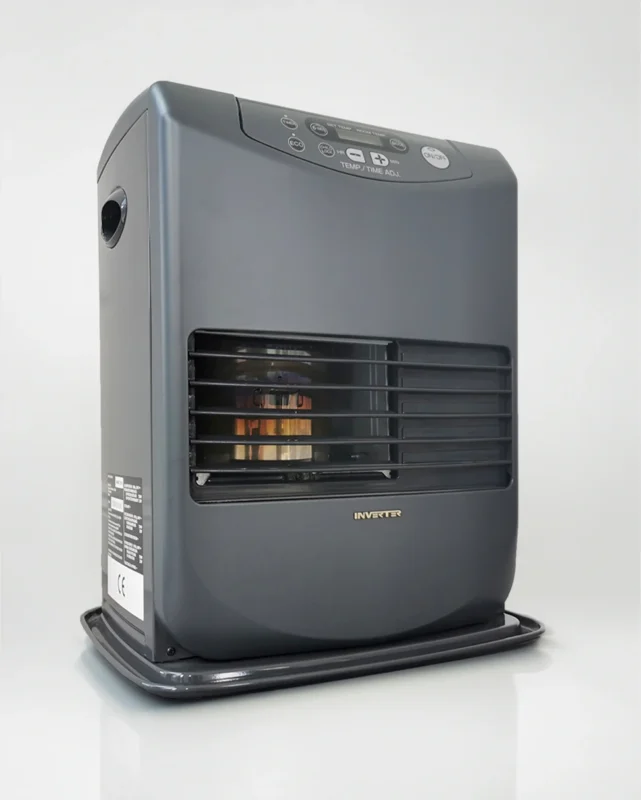
The ‘Inverter’ aspect
We could waffle on like a lot of blogs do, telling you about some other unimportant points to pad the word-count, but let’s get straight to it – the inverter aspect of the Inverter Heater is genius.
Unlike wick heaters which require manual adjustment, the inverter heater (when in the right mode), is always monitoring the external temperature and adjusting itself as needed. This means that Inverters are basically always on – and that’s a good thing. You wouldn’t want it to only come on when it’s too cold, work nosily at max capacity and then drastically shut off when it was warm – only to come back on when it gets too cold again. That’d be chaos. Instead, Inverters stay on continually, making steady, gradual adjustments as needed. This has a range of side-benefits, most notably, that it wastes no energy.
No energy waste
Other heaters will keep producing heat until they are turned off or manually adjusted. This can often lead to overheating of rooms – which, if you have to open a window to sort it out, is clearly a waste of energy and fuel. By monitoring the temperature conditions of the room, the Inverter will prevent over-use of fuel and overheating a room.
ECO Mode
This is basically the button that gives the benefits in the ‘no energy waste’ mentioned above. When the inverter is operational without it, it will just heat continually. Using the ECO Mode will force the thermostat into action, and make the inverter use minimal fuel while maintaining the user’s desired temperature. I’d assume that the vast majority of Inverter users have this function active – and why wouldn’t they? It’s basically a ‘make me comfy and save me money’ button.
Low electricity consumption
So the Inverter doesn’t use much fuel by being smart – but it doesn’t use much electricity either.
Some people think that because it has a plug it’s an ‘electric heater’. It’s not. It doesn’t transform electricity into heat directly, rather it uses the electricity to make the fan turn and to keep the thermostat operation. If you’re thinking, ‘that doesn’t sound like it’d need much electricity’, you’d be right. At the time of writing, it uses less than a cent of electricity an hour (about 0.4 of a cent on the best value tariff and 0.6 of a cent on the most expensive). When in operation, it uses about the same electricity as a light-bulb.
Features
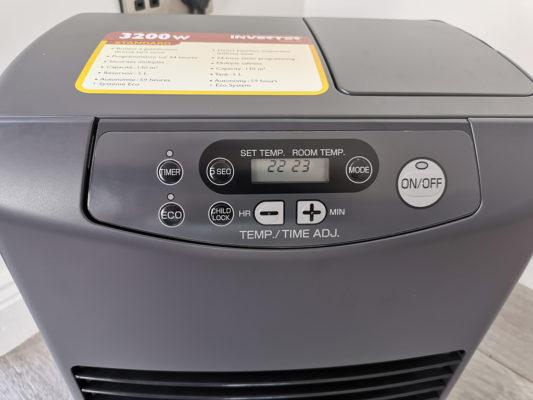
It’s not all about the cost of operation, though. This heater can do so much more than save you money on your heating. The inverter, much like a Japanese-cartoon-robot, is not short on fancy features. It has:
A programmable timer
Simply type in when you want the heater to come on and it’ll boot up at this time. You’ll have to manually turn it off, but this is ideal to take the nip out of that early morning chill in the home. Stay in your bed and let the house warm up while you catch those last few minutes in bed.
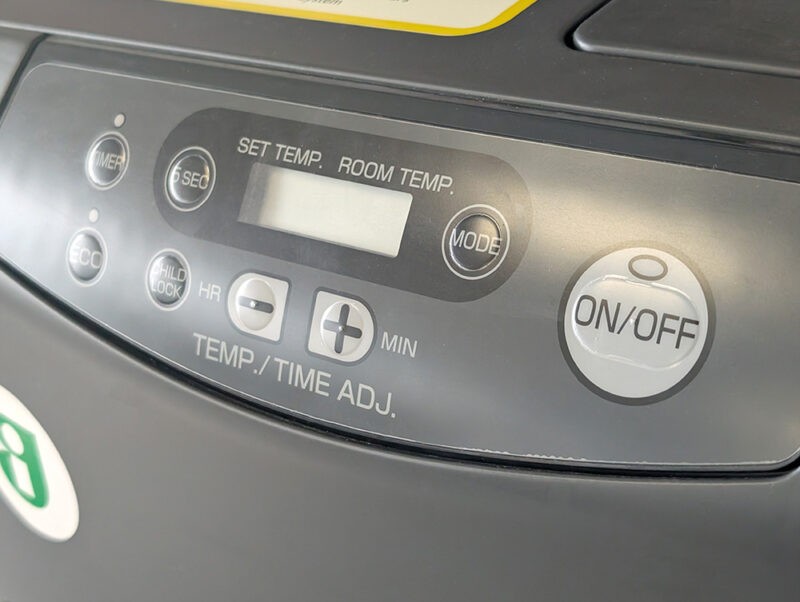
A built-in carbon monoxide alarm
This is very handy. The carbon monoxide alarm will sound when there is a build up of carbon monoxide around the heater. If you use any heater that burns fuel to operate, you should have a carbon monoxide alarm (or alarms) where it is being used. If used in a relatively open space with some ventilation, there is no cause for concern with this heater.
Just to note: The Carbon Monoxide alarm may sound if there is a build up of aerosols or other mists (perfumes especially) in the air. For this reason, the Inverter Heater may not be suited in hairdressers or other locations with high aerosol usage.
Other Safety Features

Safety is built-into the Inverter. It has:
- A gasification heat shield, so there’s no naked flame.
- Anti-Topple Features. If someone knocks over or bumps into the heater, it will automatically turn off.
- Child lock. This will prevent any teeny-tiny hands from changing any of the settings.
- The Low Fuel Alarm will notify you when you need to top up the tank.
The ‘Inverter Odourless System’
The makers of the Inverter have reduced the release of hydrocarbons by 95% over the past thirty years. These heater were always less odorous than their kerosene counterparts, but nowadays the odour they release is as low as is currently possible by a paraffin heater.
Downsides
So, we’ve seen some of the benefits of an Inverter Heater – but there’s always a catch, right? Here are some of the drawbacks to the Inverter Heater.
High Start Up Power Demand
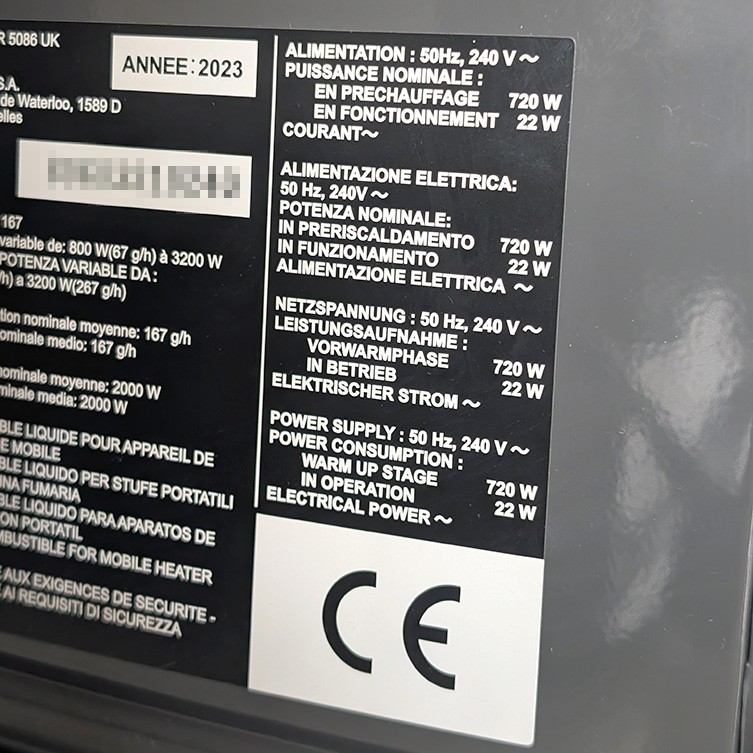
The Inverter doesn’t use a lot of electricity – but it has a large start up requirement. It needs 720 watts of power for the start-up phase. This lasts less than a minute, but it’s worth noting if you’re using a transformer or you have limited power supply. For example, someone bought an inverter to use on their barge some time back. Their transformer couldn’t support the start up phase, so it wouldn’t work for them on the boat. That said, if you’re using this at home or connected to general, non-specific mains power, you’ll have no issue.
Mains Power
Obviously, the Inverter requires mains power. This means that it’s not fully portable, and you’ll always need access to a plug outlet. As mentioned above, there’s not a huge demand for electricity from it. However, the fact that it requires mains power means that it can’t be used as an emergency heater.
Where our Wick Heaters like the Glow Wick 240 really shine is during power outages or in places with no power to begin with. The Inverter can’t be used without mains power. Again however, if you’re not buying to take it out and about with you, or in spots off-the-grid, the Inverter is a perfect heater.
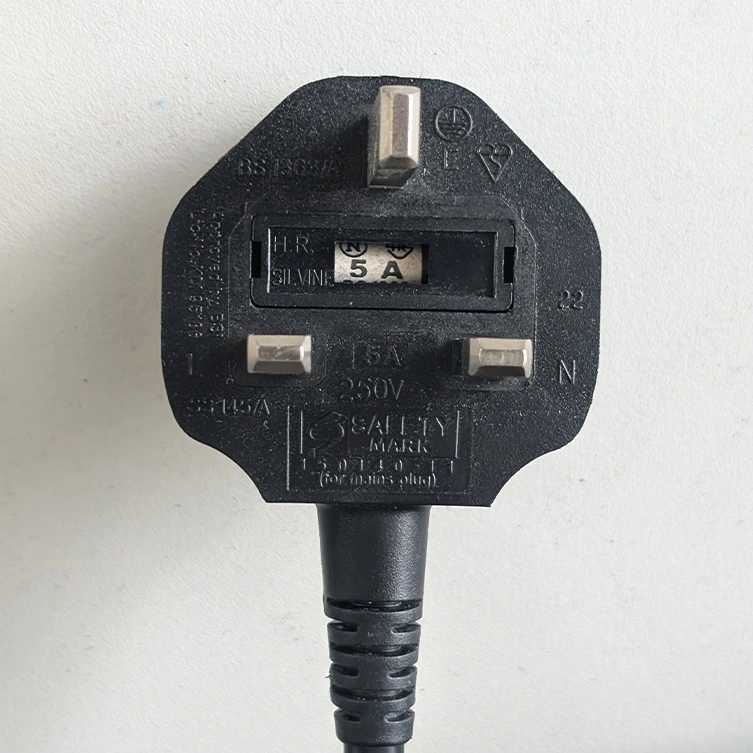
Odour
The Inverter runs on Tozane fuel, which is a C1-grade paraffin. While it is ‘virtually odourless’, there is still a very small whiff of paraffin from it. It is considerably less smelly than Kerosene (you can always tell when it’s Kerosene!), but some people who are easily effected by odours may not enjoy using an Inverter Heater, as a result. The odour is only apparent during the start up phase when the Tozane is released into the central unit, and again during the turn-off phase, when the Tozane is present but not gasified.
The Invert is however the least odorous paraffin heater on the market. The Glow Wick style of heaters are much more smelly. They have a wick that is saturated in paraffin, which is more exposed than the workings of the Inverter – so it’s no wonder that they are more noticeable.
Asthma
It is not recommended that asthmatics use the Inverter heater. This is not just because of the fuel, but more so that it uses a fan to blow the heat out, which can blow dust particles around the room. The Asthma Society of Ireland recommend that people with asthma should use low-dust heaters, like sealed stoves, instead. We strongly recommend that if you are in doubt, that you reach out to a medical professional for more advice on this matter.
Initial Price
You can walk into a range of hardware shops and pick up an electric heater for about €30 or so. The inverter costs significantly more than this – initially. If you’re looking for a heater to get you out of a pinch for a week, the Inverter might be an unnecessary spend for a situation like this. Obviously, there are massive long term differences between a thirty-quid heater and the inverter; the inverter will cost significantly less to run, it has consdierably more safety features too.
Final Thoughts
The benefits of the Inverter Heater are pretty apparent. While the news headlines all complain about the rising cost of electricity, gas and heating in general, the Inverter offers some consistent, low-cost, feature-rich heating. If you’re on the fence, or want to see one working for yourself, why not pop into our Finglas Branch. Or why not check out our reviews on Trustpilot to see some of our customers’ experiences? We’ll be fairly certain the Inverter will offer you comfort and savings this Winter.



